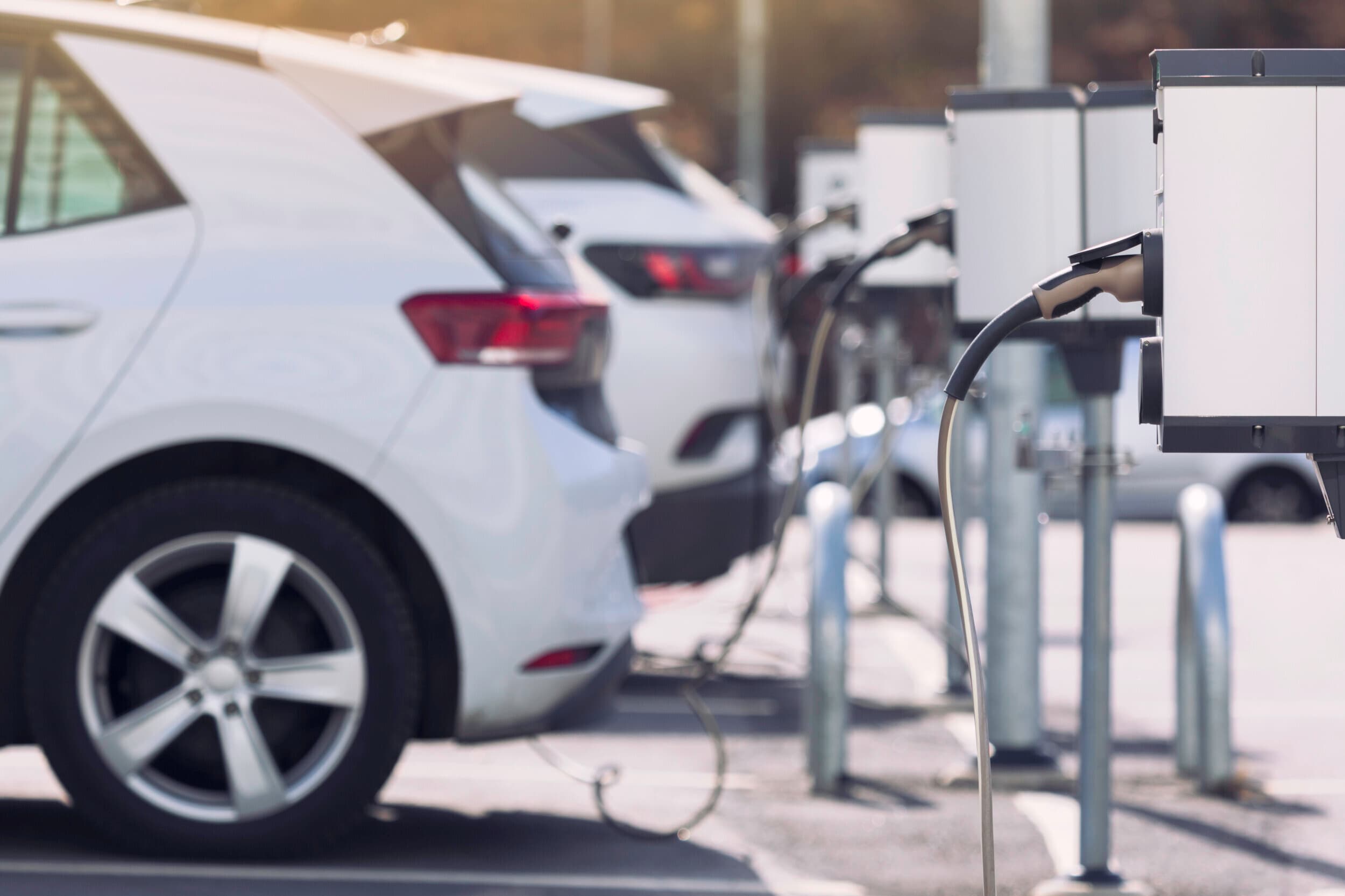With more people in Alabama purchasing electric vehicles (EVs) and the Biden administration pledging to dramatically increase EV sales by 2030, there is mounting concern that the higher demand for electricity could drive up consumer costs and overwhelm the grid.
Brad Kimbro of the Wiregrass Electric Cooperative said that because of the way electric utilities operate, they have to maintain the maximum necessary capacity at all times, whether it is needed at the moment or not.
"You need a minivan to transport a family of five to say church on Sundays. But Monday through Friday, it's just you driving that vehicle, not one person. You're the only one going to work. You don't need that capacity the rest of the time. But on that Sunday, you need that capacity because all of you want to ride together to church. The point is your payment each month is for that vehicle. It's the same whether you're driving one person Monday through Friday or five people on Sunday. You're having that capacity need because of that Sunday peak. Your payment is driven off of that peak."
The current peak hours for electricity usage in the Wiregrass are 6 a.m. to 9 a.m. in the winter, with a new record for peak usage set on December 24 last year. Kimbro said that as more people begin using EVs, they must be mindful of when they charge at home.
"That [Winter] peak would have been worse," he added. "That capacity would have been greater had half of our members had electric vehicles plugged in during that peaking period."
That higher peak would result in a higher cost of power.
The solution, Kimbro said, is "to charge the EV off-peak." One possibility is "a rate designed as an incentive for people not to charge on peak so we can all save money and keep our costs as low as possible."
Another challenge EVs pose is the added strain on the existing infrastructure if chargers are regularly used at gas stations.
"What's your average gas station now? Eight, 10, pumps? You know, say half of those are changed out to level three chargers," he said. "Well, number one, you've got to worry about a peak increase, you know, capacity. But then also you might only have a 50kw demand for the whole service station currently. If you add five, eight, 10, level three charging stations, more than likely, there will need to be a transformer size upgrade. More than likely, there might need to be a wire size upgrade, which heavier wire means arch poles and arch cross arms. Not saying it can't be done; it's just something to be cognizant of and pay attention to."
Kimbro said the effect EVs will have on the grid and other infrastructure ultimately depends on how communities prepare for and handle the transition.
"The facts are EVs could be a threat if they're on our peak, but they could be a huge opportunity for us if they're not," he advised.
"We in the utility world are certainly looking at all those things because, in our case particularly, our goals are delivering reliable and affordable energy safely," Kimbro added. "We're not against EVs if that's what people want to do. We just have to make sure that we're ready to handle that. And part of handling EVs is making sure the public is educated about what the impact is on the utility system's peak and, therefore, what the impact is on the grid overall."
Gov. Kay Ivey has pledged $2.45 million to install EV charging stations around the state as part of her Drive Electric Alabama coalition.
To connect with the author of this story or to comment, email gnicktreglia@gmail.com.
Don't miss out! Subscribe to our newsletter and get our top stories every weekday morning.










